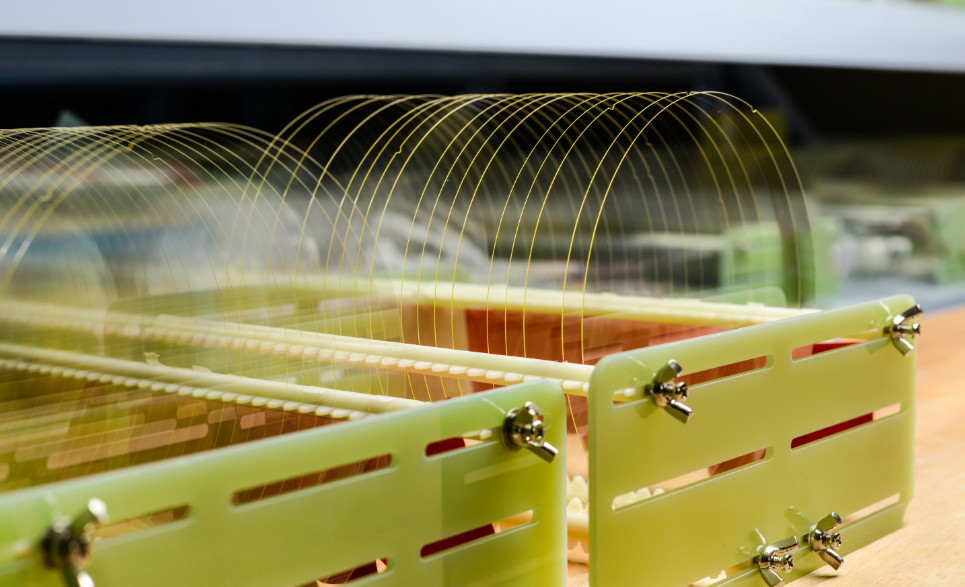Comprehensive Overview of Advanced Ceramics Used in Semiconductor Equipment
Precision ceramic components are essential elements in core equipment for key semiconductor manufacturing processes such as photolithography, etching, thin film deposition, ion implantation, and CMP. These parts—including bearings, guide rails, chamber liners, electrostatic chucks, and robotic arms—are especially critical inside process chambers, where they serve functions such as support, protection, and flow control.
This article provides a systematic overview of how precision ceramics are applied in major semiconductor fabrication equipment.
Front-End Processes: Precision Ceramics in Wafer Fabrication Equipment
1. Photolithography Equipment
To ensure high process accuracy in advanced photolithography systems, a wide range of ceramic components with excellent multifunctionality, structural stability, thermal resistance, and dimensional precision are used. These include electrostatic chucks, vacuum chucks, blocks, water-cooled magnet bases, reflectors, guide rails, stages, and mask holders.
Key ceramic components: Electrostatic chuck, motion stage
Main materials:Electrostatic chucks: Alumina (Al₂O₃), Silicon Nitride (Si₃N₄), Motion stages: Cordierite ceramics, Silicon Carbide (SiC)
Technical challenges: Complex structure design, raw material control and sintering, temperature management, and ultra-precision machining.
The material system of lithography motion stages is crucial for achieving high accuracy and scanning speed. Materials must feature high specific stiffness and low thermal expansion to withstand high-speed movements with minimal distortion—thus improving throughput and maintaining precision.
2. Etching Equipment
Etching is critical for transferring circuit patterns from the mask to the wafer. Key ceramic components used in etching tools include the chamber, viewport window, gas distribution plate, nozzles, insulator rings, cover plates, focus rings, and electrostatic chucks.
Key ceramic components: Electrostatic chuck, focus ring, gas distribution plate
Main ceramic materials: Quartz, SiC, AlN, Al₂O₃, Si₃N₄, Y₂O₃
Etching Chamber:
With shrinking device geometries, stricter contamination controls are required. Ceramics are preferred over metals to prevent particle and metal ion contamination.
Material requirements:
High purity, minimal metal contamination
Chemically inert, especially to halogen-based etching gases
High density, minimal porosity
Fine grain, low grain boundary content
Good mechanical machinability
Specific electrical or thermal properties if needed
Gas Distribution Plate:
Featuring hundreds or thousands of precision-drilled microholes, these plates uniformly distribute process gases, ensuring consistent deposition/etching.
Challenges:
Demands on hole diameter uniformity and burr-free inner walls are extremely high. Even slight deviations can cause film thickness variation and yield loss.
Main materials: CVD SiC, Alumina, Silicon Nitride
Focus Ring:
Designed to balance plasma uniformity and match the conductivity of the silicon wafer. Compared to traditional conductive silicon (which reacts with fluorine plasma to form volatile SiF₄), SiC offers similar conductivity and superior plasma resistance, enabling longer life.
Material: Silicon Carbide (SiC)
3. Thin Film Deposition Equipment (CVD / PVD)
In CVD and PVD systems, key ceramic parts include electrostatic chucks, gas distribution plates, heaters, and chamber liners.
Key ceramic components: Electrostatic chuck, ceramic heater
Main materials: Heaters: Aluminum Nitride (AlN), Alumina (Al₂O₃)
Ceramic Heater:
A critical component located inside the process chamber, directly in contact with the wafer. It supports the wafer and ensures uniform, stable process temperatures across its surface.
Back-End Processes: Precision Ceramics in Packaging & Testing Equipment
1. CMP (Chemical Mechanical Planarization)
CMP equipment utilizes ceramic polishing plates, handling arms, alignment platforms, and vacuum chucks for high-precision surface planarization.
2. Wafer Dicing and Packaging Equipment
Key ceramic components:
Dicing Blades: Diamond-ceramic composites, cutting speed ~300 mm/s, edge chipping

 メッセージは20〜3,000文字にする必要があります。
メッセージは20〜3,000文字にする必要があります。 メールを確認してください!
メールを確認してください!  メッセージは20〜3,000文字にする必要があります。
メッセージは20〜3,000文字にする必要があります。 メールを確認してください!
メールを確認してください! 






